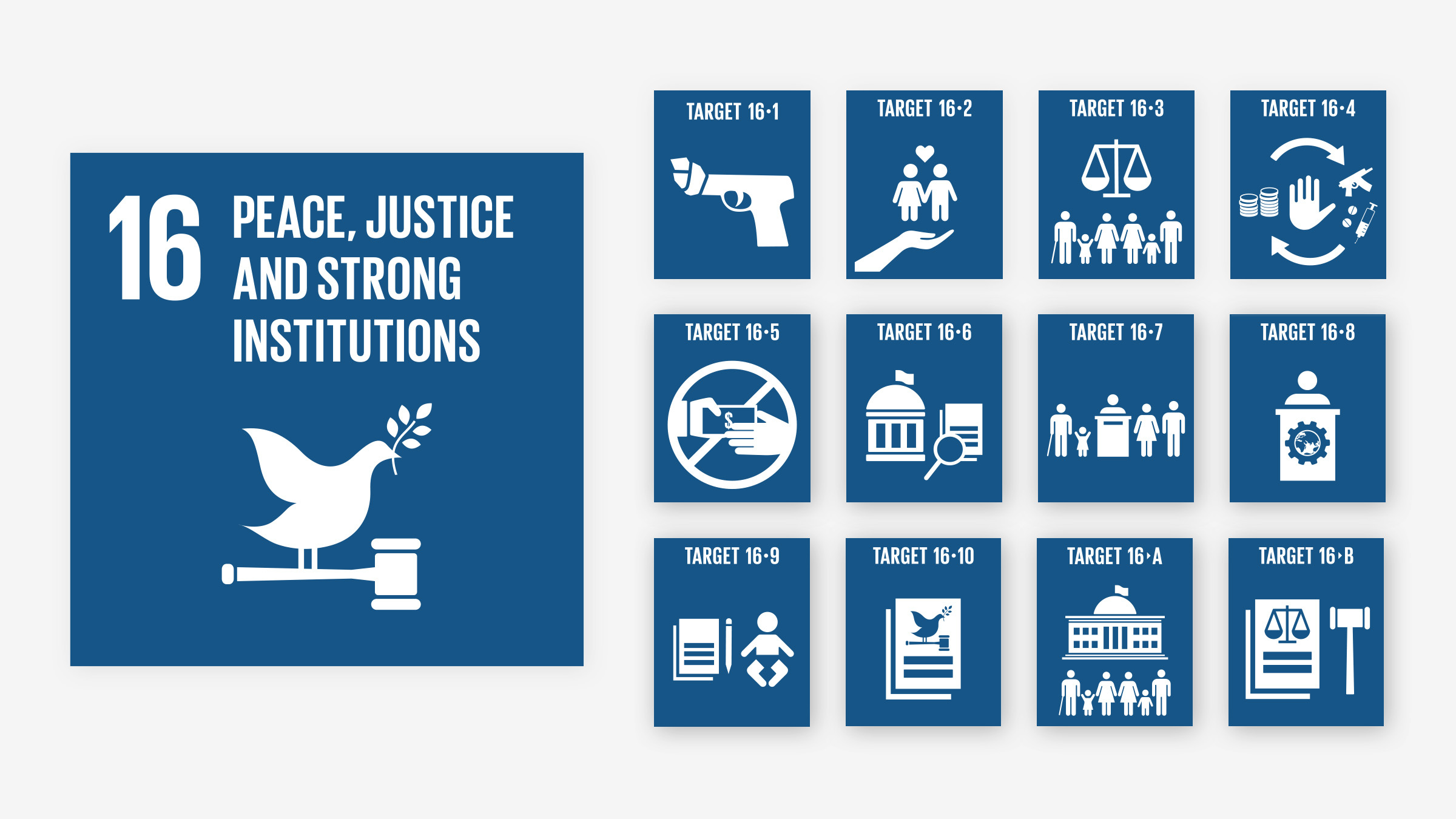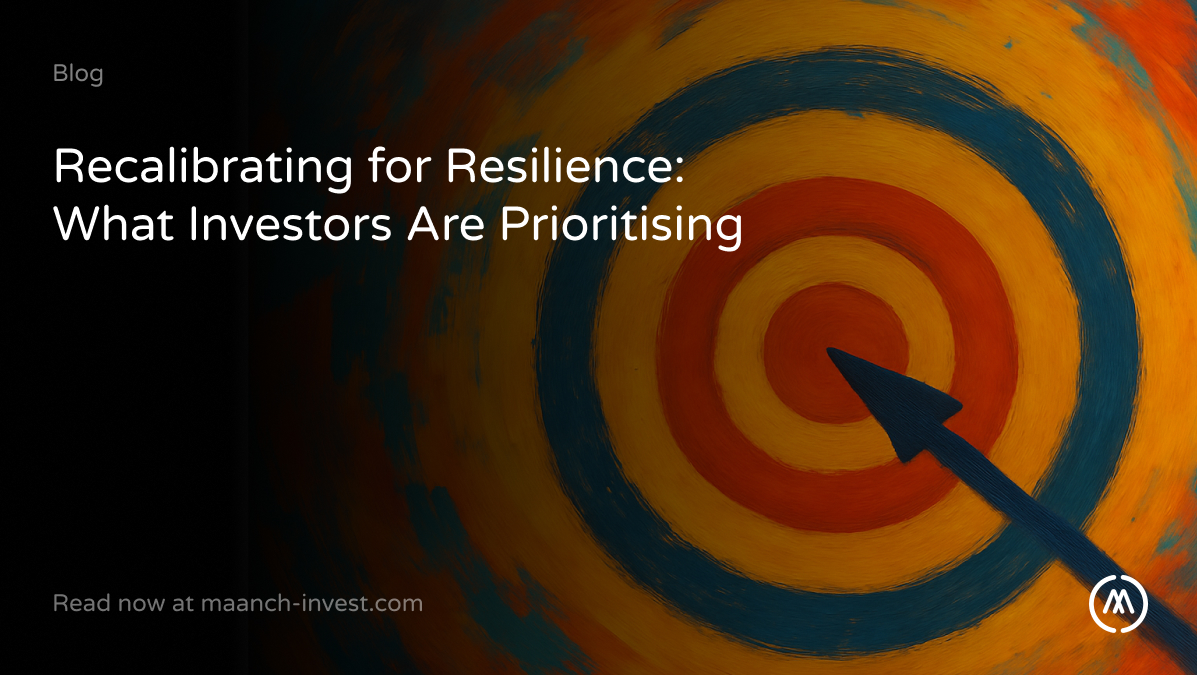The world is witnessing the worst global health crisis, as of 27 August 2020, 24M cases test positive with 822K deaths. The silver lining is the reduction in environmental impacts resulting from declines in economic activity but the challenge is to restore economic activity without simply restoring old patterns of environmental degradation.
#BuildBackBetter campaign revives the original UN concept taken at the GA 2015, using it as a rallying point to call for action in the current times. It aims to drive systemic change primarily through business coalitions across countries and sectors. The core of this agenda, namely wellbeing and inclusiveness, resonating with the 2015 SDGs goals, ‘Leave no one behind’ now includes key dimensions of supply chain resilience through circularity and innovation through sustained behavioural changes. As we enter the decade of action, 2020, with 10 years till 2030 to achieve the SDGs, many organisations are modifying their alliances and strategies to achieve the SDGs with tackling the challenges posed by the pandemic.
SDG16 is often cited as one of the least investable goals by private sector players. Recently we have started to see a positive shift in that direction: 2019, Interpeace, the Swiss-based UN-backed organisation set up in 1994 outlined the different ways in which investors can build peace through home grown solutions to conflict. Peace bonds are a way into that future. The caveat to these conversations is the formulation of a systematic framework that can direct a stable returns generation. The downside is often the lack of standard ratings and definitions that can often dissuade investors from putting money in funds or bonds that work towards sustainable development in general and peace in particular. UBAM’s (UBP in collaboration with Cambridge University) post recovery positive impact equity fund consists of businesses that design ‘positive fixes’ to the growth gaps in the system through a committed, patient capital with concentrated low turnover and long term investment horizons.
Business Plan for Peace’s Framework and Approach on making SDG16 investable cites examples of some core cases of fundable concrete projects on SDG16:
- The ten countries at the top of the Global Peace Index, who have discovered the advantages of investing in a peaceful society, be supported by their local industries and the Institute for Economics and Peace to invest in the ten least peaceful countries in the world. Core impact: UK, EU and World Bank fund job creation in Ethiopia, building two industrial centres, cost $500m, providing 100,000 jobs.
- International investment funds, pension and endowment funds to tighten their ethical criteria preventing or discouraging investment in arms production and/or illicit trading. Core impact: divestment weakens a trade which is a main driver of armed violence worldwide.
In 2016, the UN held a meeting to discuss the ways in which fintech and banking can aid in accelerating the Agenda2030. Universal birth registration on an average globally is still around 73% and the lack of a legal identity can often directly result in human rights violations like sex trafficking. Moreover the lack of a legal identity hinders in the entry level tracking of numbers of a population thus completely under-representing the loss once people go missing. Be it through specialised channels like abduction and slave trade or macro-political crisis like war and insurgency. It goes on to hinder rights of basic citizenship like opening a bank account and availing of welfare benefits. In the heart of the argument for financial inclusion as a driver for opportunities, lies the imperative of a legal identity.
Effective institutions and peaceful environments are a thriving ground for businesses. Unethical business practices, over determining shareholders’ benefits at the cost of stakeholders generate conflict of interests which exacerbates risk (financial, legal), increases costs and damages reputation. Corruption, red-tapeism in bureaucracy are inefficiencies that create uncertainties and render the environment unhealthy by curbing competition. Moreover workplace cultures and practices directly affected attrition rates and even went on to cost companies a lot of money in litigation fees to quieten lawsuits. Therefore it is in the interest of the business itself to factor these elements in the core strategy and operations with a long term lens that has an oversight on the total societal impact.
Best Practices Framework for SDG16
For Investors, Grant Making Bodies, Philanthropists, Businesses, Government/IGOs and NGOs.
Problem statement 1: Birth registration has occurred for 73 per cent of children under 5, but only 46 per percent of Sub-Saharan Africa have had their births registered.
Themes: Violence/Rights against children, Human Rights, Just and inclusive institutions.
SDG16 Target: By 2030, provide legal identity for all, including birth registration.
Action: Explore the space of digital identity networks enabled by blockchain technology.
Examples/Inspirations:
Investors/Funders: The Omidyar Network, the Gates Foundation, Mozilla Foundation
Business initiatives: Accenture, Microsoft with managed service providers like Avanade Inc. PricewaterhouseCoopers and Cisco are also involved in this initiative: ID2020
Problem Statement 2: Corruption, bribery, theft and tax evasion cost some US $1.26 trillion for developing countries per year; this amount of money could be used to lift those who are living on less than $1.25 a day, above $1.25 for at least six years.
Themes: Corruption, Corporate Governance, Workplace Wellness, Workers’ Rights.
SDG16 Targets:
- Substantially reduce corruption and bribery in all their forms.
- Ensure responsive, inclusive, participatory and representative decision-making at all levels.
- Ensure public access to information and protect fundamental freedoms, in accordance with national legislation and international agreements.
- Strengthen relevant national institutions through international cooperation for building capacity at all levels, in particular in developing countries, to prevent violence and combat terrorism and crime.
- Promote and enforce non-discriminatory laws and policies for sustainable development.
Action:
- Engage in anti-bribery, corruption and modern slavery screening, especially with investments in emerging markets through multi-stakeholder regulatory pressure by assessing the net impact.
- Pay close attention to sector wise pain points, eg: retail sector engagement, ensure workers’ rights with wages and contract hours.
- Bail Funds for tackling discriminatory practices at workplaces and entrepreneurships.
Examples/Inspirations: B Corp repository of bail funds , Aequip (Zinc VC), Transparency UK, GRI G4 Sustainability Reporting Guidelines, UN Global Compact-Oxfam Poverty Footprint
SOURCE: Exhaustive list of business tools in aid of SDG 16 impact acceleration.
SOURCE: Exhaustive list of business indicators in aid of SDG16 impact acceleration.
To know more about Maanch and its work on Sustainable Development Goals, subscribe here.




